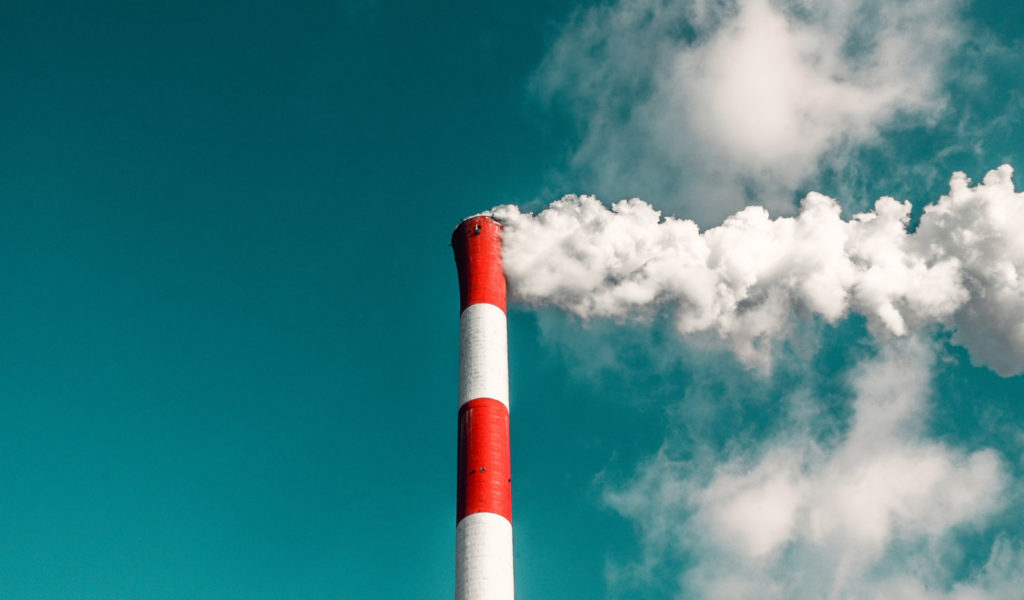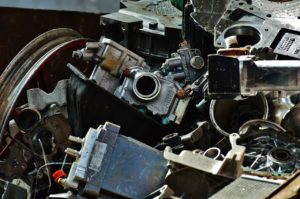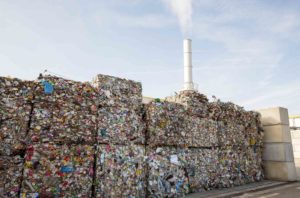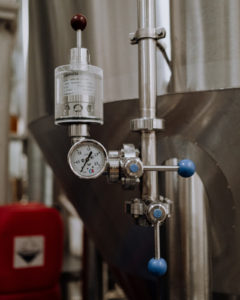Waste-to-energy (WtE), also known as energy-from-waste, is the process where energy (typically heat and electricity) is generated using waste as a fuel source. This is often done through direct combustion using waste incinerators – i.e. burning the waste – or the production of a combustible fuel from a gas such as methane. The latter method is less common and requires processes such as gasification or anaerobic digestion.
Incineration is the most common type of waste-to-energy in the US and remains a relatively primitive energy generation technology. Waste is burned, this boils water which turns to steam, spinning turbines which create electricity. In addition, the heat from the actual combustion can be used.
What’s the problem with waste-to-energy?
There are two traditional paths for un-diverted waste: landfill and incinerator. Neither is ideal, however, during the 19th century there was an attempt to improve the situation. Engineers in Europe saw an opportunity for energy recovery in a range of waste streams, and rather than simply burning trash to dispose of it, it was determined the heat from waste incineration could be used to power turbines—and so, waste-to-energy was born.
However, more than a hundred years later, those same primitive methods are still at the core of our waste disposal, and as people seek cleaner energy and more sustainable waste management, the problems of waste-to-energy have started to outweigh the benefits.
Waste-to-energy pros and cons
As with any waste management process, there are pros and cons to WtE. Below are some of the main waste-to-energy advantages and disadvantages:
Waste-to-energy pros
Waste-to-energy is used for a reason and compared to traditional waste management methods it certainly has some benefits, including the use of an otherwise wasted resource, a reduction in landfilling, and the opportunity for resource recovery.
Waste-to-energy is better than traditional incineration
Waste-to-energy is often promoted as “clean energy” when compared to wasteful incineration practices of the previous decades. In this regard, it is utilizing energy that would otherwise be wasted, while not technically increasing the amount of waste burned. That said, this argument only holds if incineration is the only option, whereas most responsible waste management plans are now looking toward less damaging, more circular solutions that contribute less to climate change.
Avoid landfilling
Landfills are the last resort when it comes to waste management, causing numerous issues such as the production of greenhouse gases, the usage of large pieces of land, the potential for pollutants to seep into the ground and groundwater, and more. Unfortunately, according to the Environmental Protection Agency figures from 2018, around 146 million tons of Municipal Solid Waste – that’s around 50% of all MSW – was sent to landfill.
Waste-to-energy processes at specialist incineration plants can greatly reduce the volume of waste that is landfilled. According to the US Energy Information Administration, WtE plants are able to reduce the volume of waste by about 87%, burning 2,000 pounds of garbage to ash weighing between 300 and 600 pounds. That said, this benefit is still based on the assumption that such large quantities of waste will continue to be produced—or continue to be allowed to be produced.
Resource recovery
Another benefit of waste-to-energy over landfilling is the opportunity to recover valuable resources such as metals post-incineration. They can then be sent for recycling and kept in the economy. This is even true of mixed materials, which are notoriously hard to recycle. Incineration burns away materials such as plastics leaving the metals behind, which can be considered better than landfills where recyclable materials are simply buried.
Waste-to-energy cons
The disadvantages of waste-to-energy are numerous and have become more apparent in recent years. They include the pollution and particulates it generates, the destruction of useful materials, and the potential to disincentivize more sustainable waste management solutions and renewable energy sources.
High CO2 emissions
Almost all the carbon content in the waste that is burned for WtE is emitted as carbon dioxide, which is one of the most notable greenhouse gases. That said if the waste-fuel is biomass – i.e. of natural origins, such as food waste, paper and paper board, wood, natural cloths like cotton – then the CO2 it contains was originally drawn from the atmosphere. However, plastics and other oil-based products, which are also burned in WtE, are equivalent to any other fossil fuel and emit damaging greenhouse gas emissions.
Potential to destroy recoverable materials
While waste-to-energy gives the opportunity to recover some resources, such as metals, it tends to destroy far more. In the US, incineration for WtE is most commonly completed through a process called “mass-burn”, whereby MSW is burned wholesale rather than being separated. In turn, the WtE process can destroy resources that could otherwise have been recovered, including minerals, wood, plastics, and more. This is especially true if there is not a rigid separation process for municipal solid waste ahead of incineration.
WtE could disincentivize recycling
Another of the waste-to-energy cons is the potential for it to disincentivize recycling or other more sustainable waste management methods. If people, organizations, or governments believe that waste-to-energy is a viable sustainable energy source and waste management technique, they are less likely to engage with or invest in more impactful solutions, such as reduction, reuse, or recycling. This can already be seen with the classification of many WtE power plants as “renewable energy”.
It fuels an unregulated waste trade
Today, many developed countries send their waste to developing countries for processing, often as part of a broader waste management plan that claims to improve recycling rates. In some cases, waste is recycled, but often it is simply incinerated or used in waste-to-energy facilities. China’s National Sword Policy highlighted the scale of this practice.
Unfortunately, while Western countries will claim this practice as part of their recycling targets, the unregulated nature of this trade often means improper disposal, with WtE a major factor. In fact, it has even been shown that hazardous wastes not meant for incineration are commonly shipped abroad where they are burned before being landfilled.
Other waste-to-energy systems
Incineration is not the only waste-to-energy method, and there is an increasing number of techniques that are being implemented to make waste processing more sustainable. Some of the other notable WtE methods include:
Gasification
While as a process, gasification has been used for centuries, it has only been applied to waste in a serious way in the past few decades. It works by processing biomass at extremely high temperatures without combustion, which produces combustible natural gas – also called syngas. This gas is then used as a fuel source.
Fermentation and distillation
Biomass can be fermented and distilled to create ethanol. This can then be used as an alternative fuel for engines or other applications. As with other WtE methods, this can only be used for organic waste and other similar waste streams.
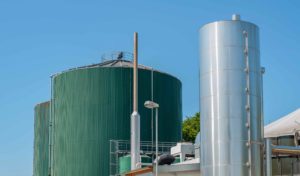 Anaerobic digestion
Anaerobic digestion
This is a process in which microorganisms break down biomass in an oxygen-free environment. It produces biogas high in methane which can then be used as a fuel source to produce electricity and other applications.
So, are waste-to-energy plants good?
What seems clear is that waste-to-energy’s benefits only exist when comparing it with traditional landfilling or incineration as a waste management system. However, when viewed on its own, the problems are so fundamental that it’s hard to consider it as a viable part of any green, circular economy. At a time when businesses, municipalities, cities, and countries are looking towards zero waste, there is no place for waste-to-energy. The alternatives do tackle some of the issues of incineration-based WtE and could be folded into broader sustainable waste management plans, but even these fall short of reducing, reusing, and recycling materials.
To learn more about waste management techniques and how your business can take a greener path, talk to one of our TRUE advisors today. To stay up to date with the latest ways to optimize your business’s waste management, subscribe to the RTS blog now.

